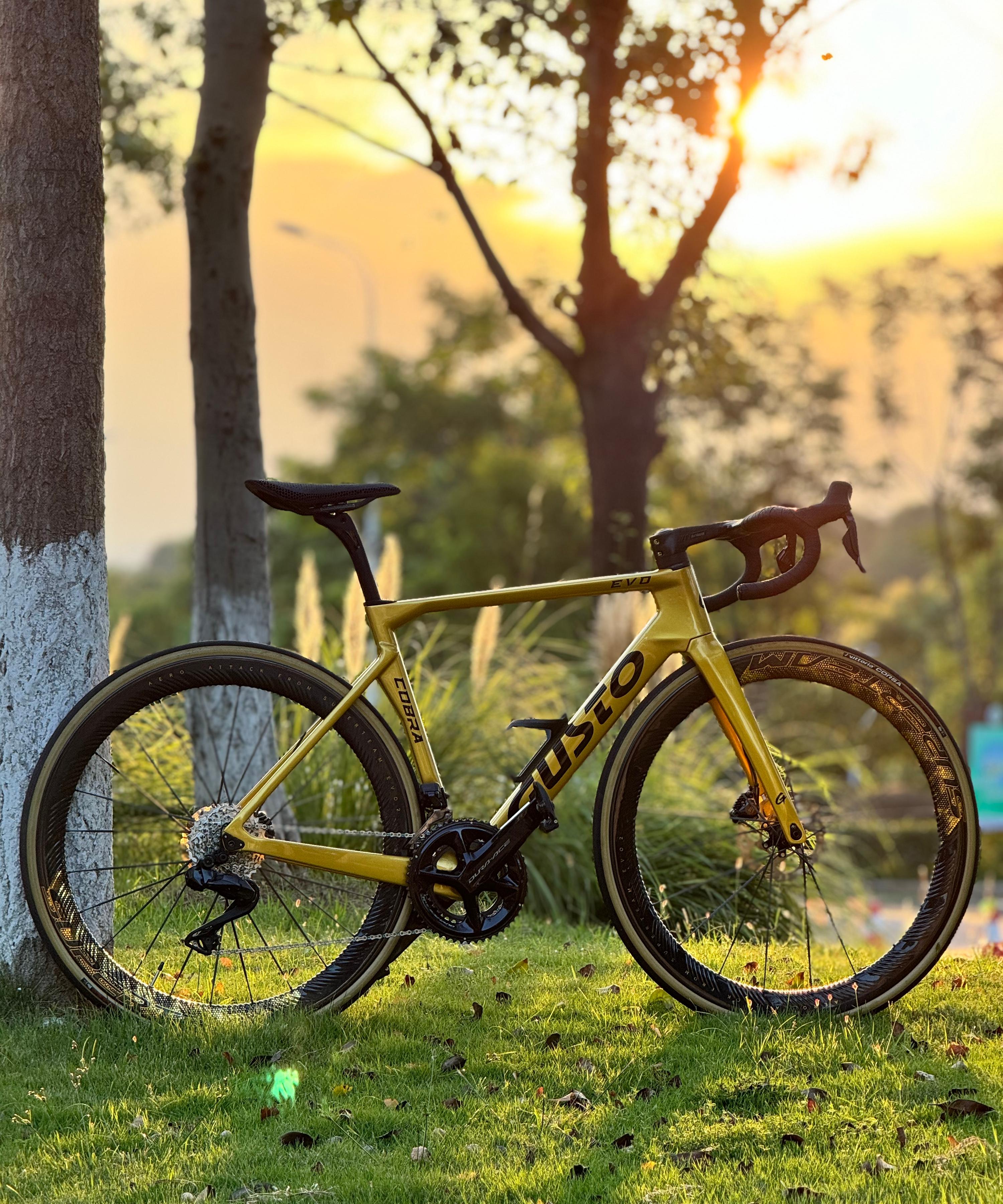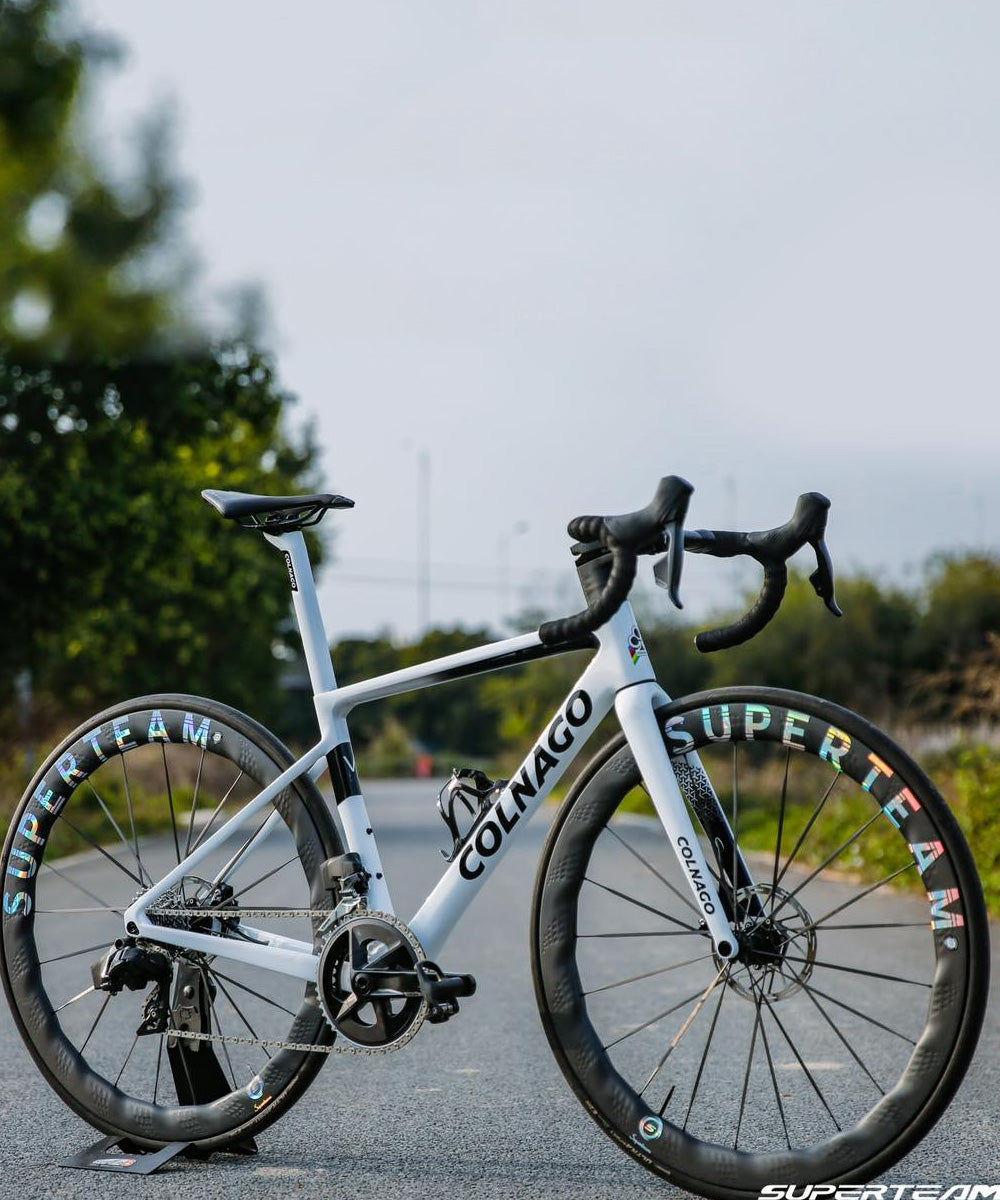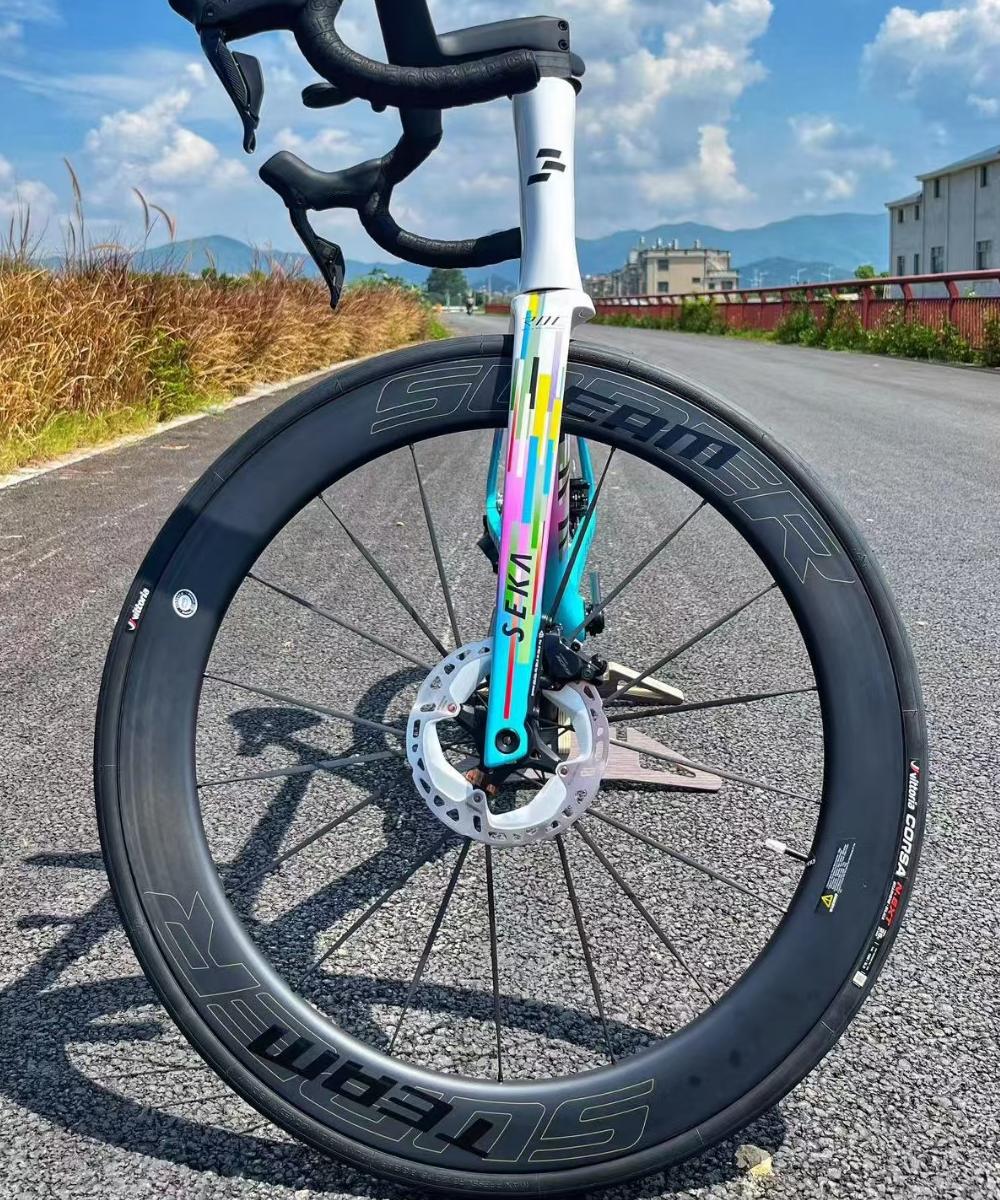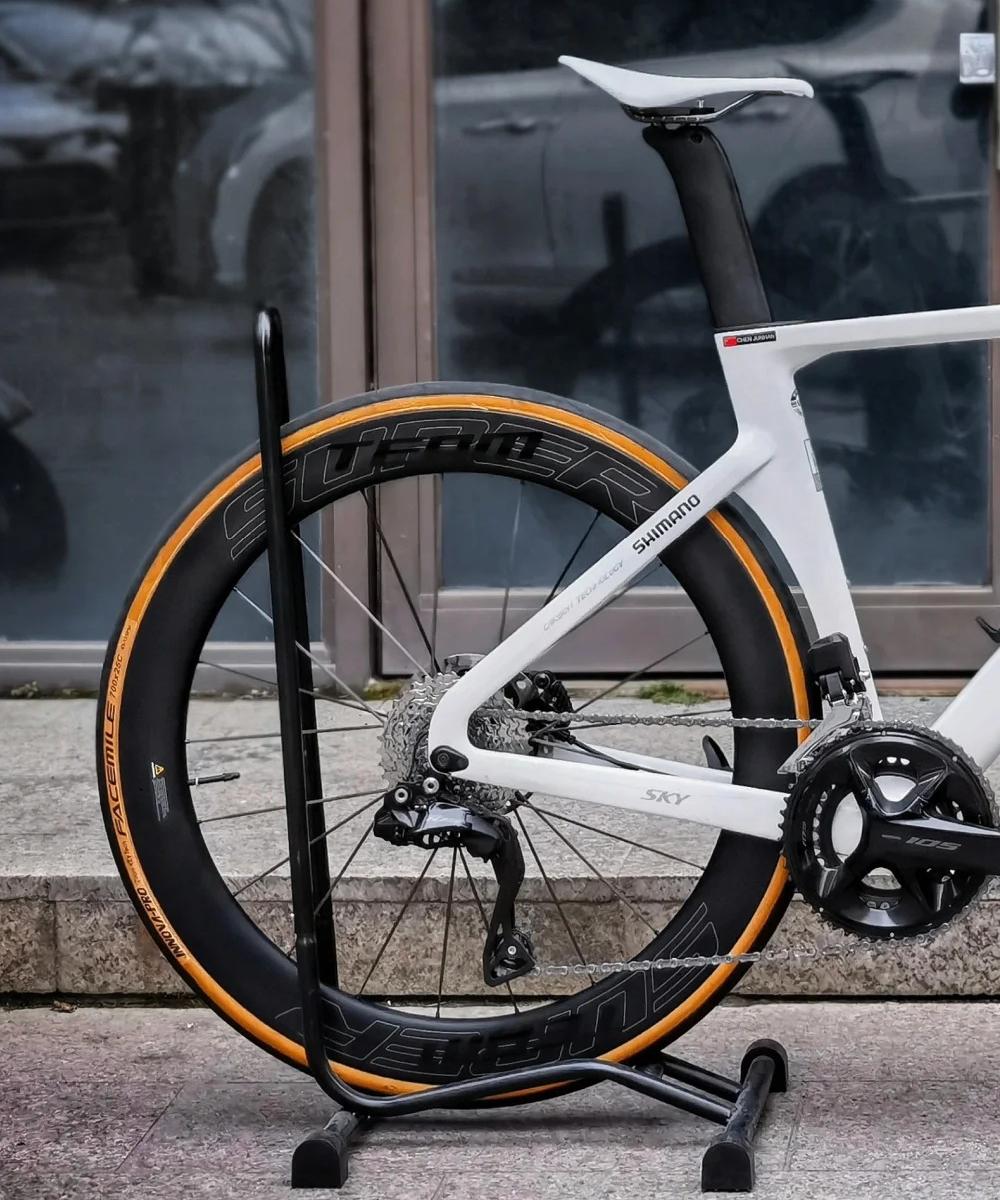The Impact of Spoke Lacing Patterns on Wheel Strength
Spoke lacing patterns play a crucial role in determining a wheelset’s strength, stiffness, and overall performance. While spokes may seem like simple components, the way they are arranged can have significant consequences for how a wheel behaves under different riding conditions.
Understanding Spoke Lacing Patterns
Spoke lacing refers to the method in which spokes are interwoven between the hub and rim. The most common patterns include:
Radial lacing: Spokes run directly from the hub to the rim without crossing other spokes. This pattern is lightweight and aerodynamic but offers less torque resistance, making it more common on front wheels without disc brakes.
1-cross, 2-cross, 3-cross patterns: These indicate how many times a spoke crosses other spokes between the hub and rim. A 3-cross (3x) pattern is the most traditional and widely used for road wheels, offering a good balance of strength and flexibility.
Paired spokes or 2:1 lacing: Some wheelsets use asymmetrical or grouped spoke patterns to optimize tension balance, especially for wheels with disc brakes or deep-section rims.
How Lacing Affects Wheel Strength
Torque Transfer: More crossings generally improve the wheel's ability to handle torque, which is especially important on rear wheels or disc brake fronts. A 3x pattern spreads out the stress more evenly.
Lateral Stiffness vs. Vertical Compliance: Radial lacing offers higher lateral stiffness, which can be useful for responsiveness. Crossed patterns provide better vertical compliance and shock absorption, enhancing ride comfort.
Durability Under Load: Wheels with 2x or 3x patterns tend to distribute rider weight and road forces more efficiently across the structure, reducing the risk of broken spokes or cracks at the nipple interface.
Aerodynamic Considerations: Radial patterns reduce drag by minimizing spoke overlap and turbulence. However, the trade-off in strength limits their use in rear wheels or heavy-duty applications.
Choosing the Right Pattern
For lightweight climbing wheels: A mix of radial front and 2x rear can reduce weight while maintaining sufficient strength.
For endurance or touring setups: 3x front and rear offer proven long-term durability.
For disc brake wheels: Avoid radial lacing on the brake side; instead, opt for crossed patterns that can better handle braking forces.
Conclusion
Spoke lacing is not just a detail for wheelbuilders — it’s a performance-critical aspect of wheelset design. Whether you're aiming for aerodynamics, power transfer, or durability, the lacing pattern should be chosen based on your riding style and the wheel’s intended use.




